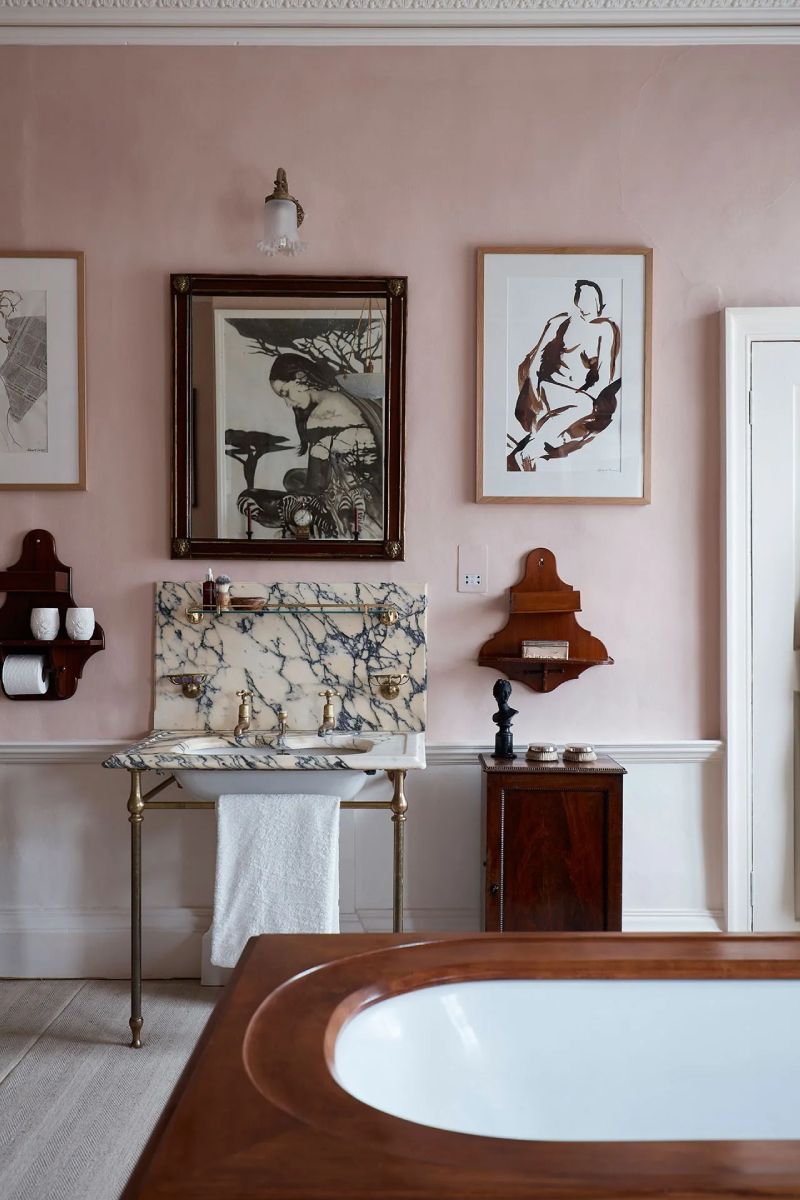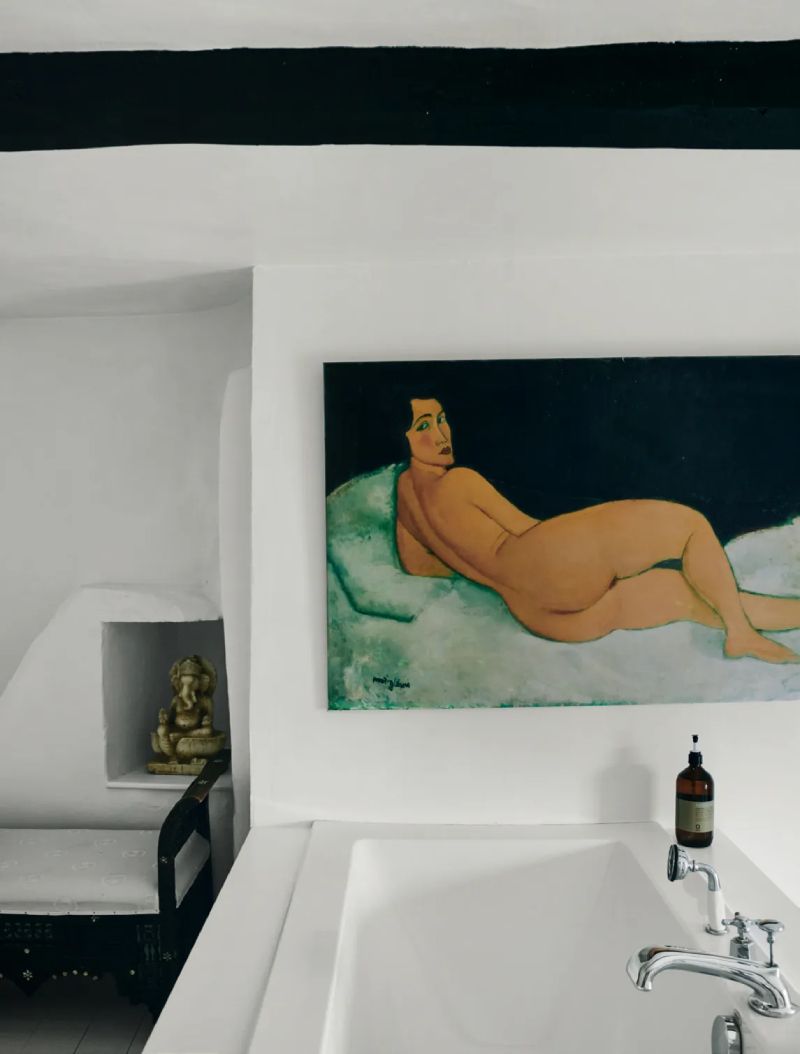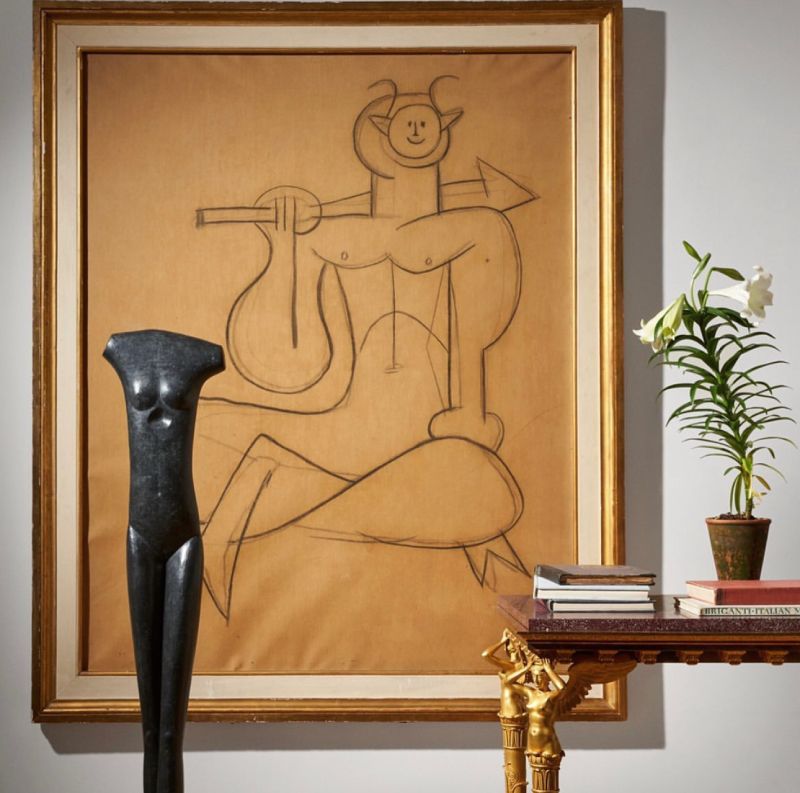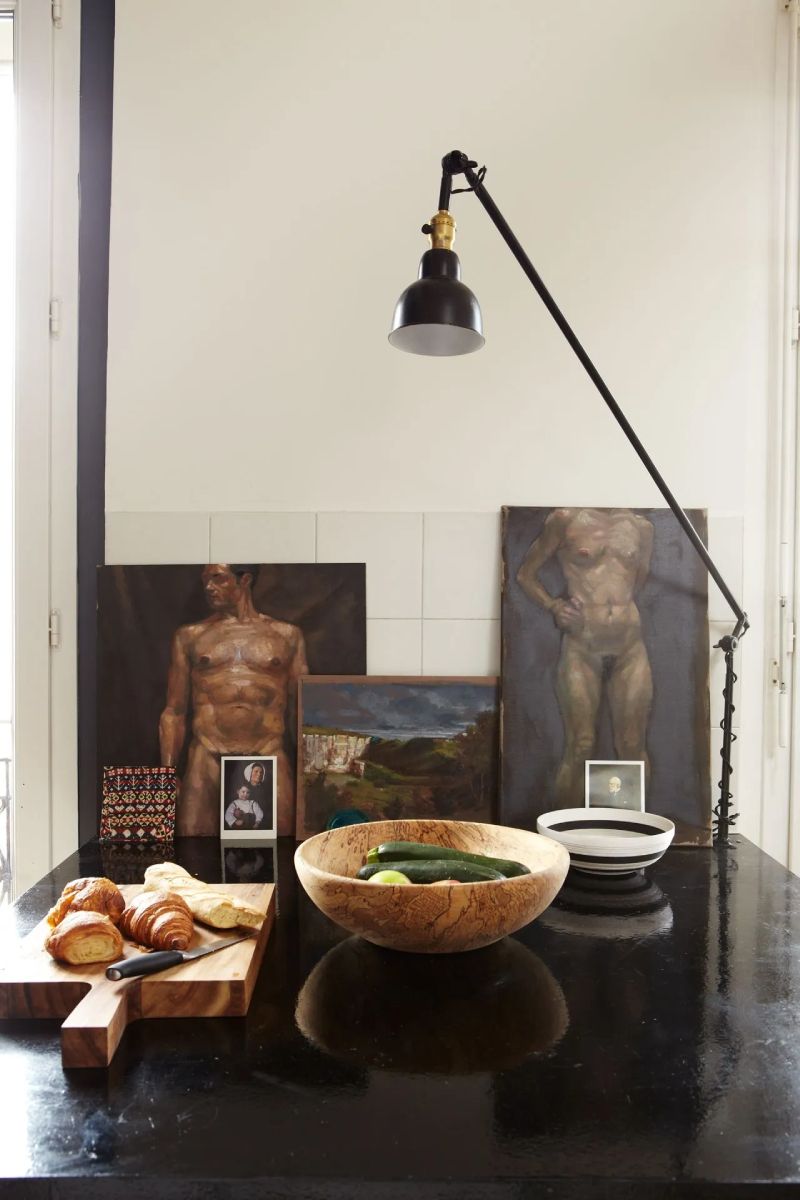


FIGURATIVE ART refers to art that depicts recognisable human, animal, or mythical figures, as opposed to abstract or non-representational art. It can take many forms, including painting, sculpture, drawing, and printmaking; and can be realistic, impressionistic, or expressionistic in style. In figurative art, the artist uses techniques such as proportion, perspective, and anatomy to create a believable representation of the human form. Figurative art can also be used to convey a wide range of emotions, ideas, and narratives, and has been used throughout art history to tell stories, make political statements, and explore the human condition.



The nude in art refers to the representation of the human body in a state of undress, typically in a visual medium such as painting, sculpture, or photography. The use of the nude figure has been a constant throughout art history, with the representation of the naked human form often serving as a symbol of beauty, vulnerability, and humanity. The nude can also be used to explore themes such as power, sexuality, and the human condition. The interpretation of the nude in art can vary greatly depending on the context in which it is presented, and the cultural perspective of the viewer.


Tips for displaying figurative and nude art
Displaying figurative art and nudes at home is a wonderful way to express your personal style and add character to your space. However, you may wish to consider the potential reactions of others, such as guests and family members, and be respectful of differing opinions. Below are some tips for displaying figurative art and nudes at home.


CHOOSE THE RIGHT LOCATION
If you feel that the work is controversial, consider displaying the piece in a more private area of your home, such as a bedroom or a personal workspace, to ensure that it is not viewed by unexpected visitors or children.

FRAME THE ART PROPERLY
Proper framing can add a level of sophistication to your art and can help to protect it from dust, dirt, and damage. Choose a frame that complements the artwork and fits the style of your space.




CONSIDER THE LIGHTING
Lighting can play a big role in how the artwork is perceived. Consider using soft, warm lighting to create a more intimate and inviting atmosphere. You could also use accent lighting to highlight certain aspects of the artwork.




BE MINDFUL OF PLACEMENT
When it comes to placing artwork in a room, there are several factors to consider, including the size of the piece, the lighting in the room, and the style of the artwork. However, it is also important to be mindful of the placement of the artwork in relation to other objects in the room, particularly those with religious or political significance. While you may be non-religious, religious and political symbols or artefacts can hold deep personal or cultural significance for some people, and the presence of artwork near these objects could cause discomfort or even offence. You may wish to consider the potential impact that the artwork may have on the beliefs and values of those who view it, and to consider how the artwork might be perceived in the context of the room.



BE RESPECTFUL
Keep in mind that nudity in art is a subjective matter, and what is appropriate for one person may not be appropriate for another. Be respectful of others’ opinions and beliefs, and be prepared to have a conversation if someone expresses discomfort. Of course, it’s still your home, so these decisions will be left to your discretion. Even if you believe that all of your friends and family will feel the same you do about your taste in artwork, it can’t hurt to be mindful of the potential reactions of others and respectful of differing opinions.







